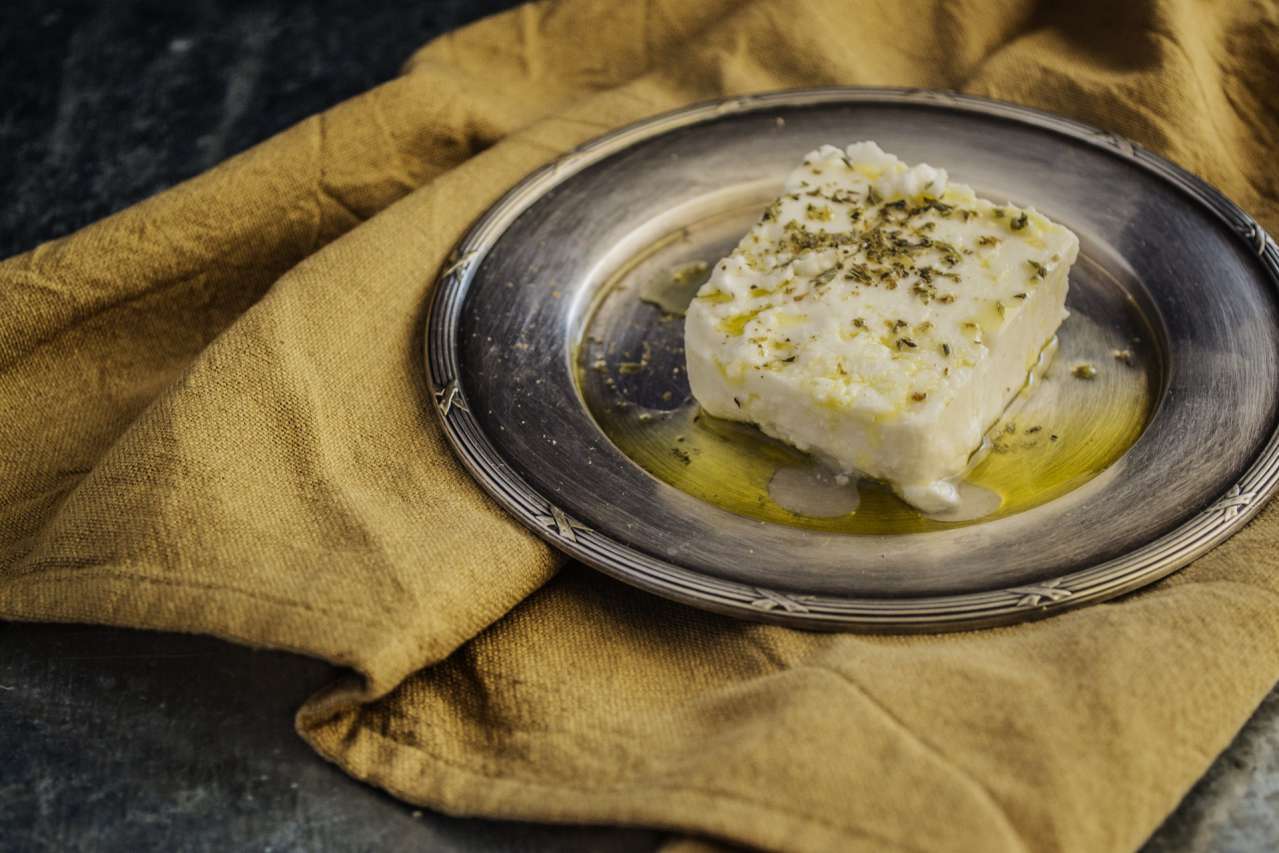
Feta is a soft Greek cheese that has a creamy and salty taste. In the article you will learn about the beneficial properties of cheese and how to eat it.
Health benefits of feta cheese
Feta cheese has a rich microelement and vitamin composition. Among its main components are vitamins of groups B and D, trace elements magnesium, zinc, phosphorus, iron, manganese, sodium, calcium, and selenium. Lactic acid bacteria normalize the work of the gastrointestinal tract, improve the intestinal microflora.
Difference between cheese and feta
The consistency of feta is smoother and creamier and resembles pressed cottage cheese. The two cheeses also differ in color - feta always has a snow-white hue. The taste of feta will not be as strong as that of the brine. Another difference between feta and cheese is the concentration of nutritional properties.
How to eat feta cheese
Soft cheese can be a good option for those on a diet. It goes well with vegetables, herbs, fruits and nuts. For example: mozzarella, feta, cheese.
Hard feta should crumble easily, and soft feta is a bit like cottage cheese, which we spread on bread. Many people like to add feta to salads, put it on sandwiches, or even eat it just like that from a cheese plate. Feta is an excellent source of protein and calcium.









